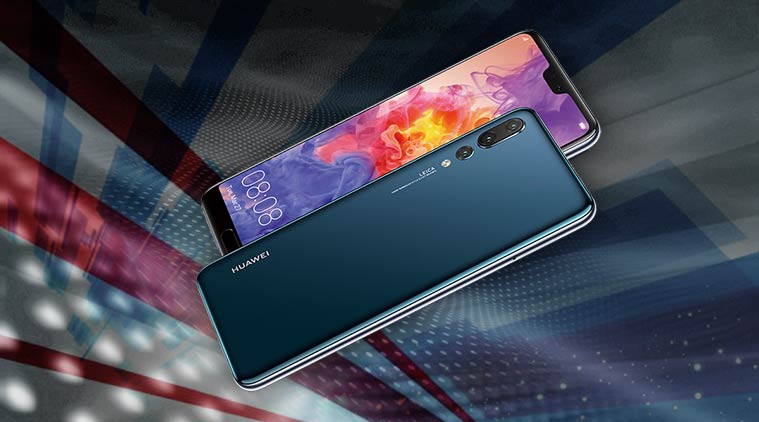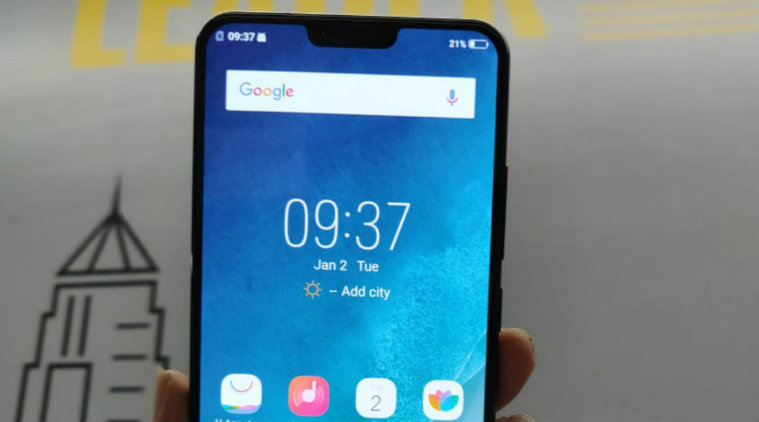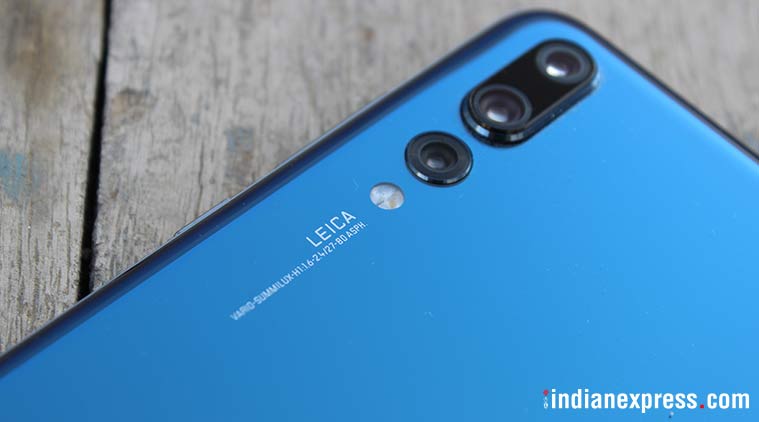 Best innovative smartphones of 2018 so far ranging from Vivo X21 to Huawei P20 Pro, these phone offer something truly unique.
Best innovative smartphones of 2018 so far ranging from Vivo X21 to Huawei P20 Pro, these phone offer something truly unique.
Smartphone technology has improved immensely over the past few years. With the advancement in technology, smartphones have now become slim, more powerful and efficient. While innovation seemed to be all about minimal bezels, face unlock or enhanced processing hardware, some smartphone manufacturers are taking a step further in bringing modern features from fingerprint scanning technology underneath the screen to incorporating triple camera sensors to offer computational photography.
While these were mere experiments that OEMs tried in their labs a few years back, it has now become reality. These unique features have set a benchmark in the smartphone industry promising to offer better overall experience and pushing the competition hard. A researcher rightly said, despite convergence in the introduction of vertical innovations, product differentiation has instilled competition among manufacturers. In this article we have discussed the most innovative smartphones that have arrived this year-
Vivo X21
Following several experiments and prototypes, the in-display fingerprint sensor finally took a concrete form. The unique feature debuted on Chinese smartphone maker Vivo’s handset, Vivo X20 Plus UD this January. Vivo also implemented the technology in the Vivo X21 that arrived in India last month. Notably, the X21 is the first smartphone in the Indian smartphone market to offer such remarkable feature.
 ivo X21 flaunts a curved glass body that adds elegance to the device. Similar to the iPhone X, it has a notch-style display
ivo X21 flaunts a curved glass body that adds elegance to the device. Similar to the iPhone X, it has a notch-style display
The X21 uses a sensor component from Goddix that automatically lights up a thumbnail sized icon over the sensor area. The in-display fingerprint scanning technology basically needs an OLED panel to emit light on the surface when a user touches the screen. The functioning of the in-display fingerprint scanner is not a miracle. It works similar to the way you unlock a phone using a regular fingerprint reader.
Also Read: Vivo X21 Review
The Vivo X21 flaunts a curved glass body that adds elegance to the device. Similar to the iPhone X, it has a notch-style display. It features a tall 6.28-inch full HD+ AMOLED screen with thin bezels at the side.
Samsung Galaxy S9 and Galaxy S9+
The most notable feature on the Samsung Galaxy S9 series is its variable aperture. This aspect of Samsung’s latest flagship phones is an industry first that allow users to switch aperture in the phone camera. The aperture of a lens determines the amount of light allowed to pass through the sensor. With this unique tool integrated on these Samsung devices, it manages to capture enhanced images in varied lighting conditions.
 Galaxy S9 series comes with “Super Speed” Dual Pixel to better support this feature. The Samsung Galaxy S9+ features dual camera setup on the rear, meanwhile the Galaxy S9 version comes with a single camera module.
Galaxy S9 series comes with “Super Speed” Dual Pixel to better support this feature. The Samsung Galaxy S9+ features dual camera setup on the rear, meanwhile the Galaxy S9 version comes with a single camera module.
Basically, the Galaxy S9 series comes with two aperture settings – a wide aperture and other narrower one. For balanced exposure in the shots, the aperture on these devices automatically switches between these two apertures. In dark environment, the camera on the Galaxy S9 and S9+ switch to its wide aperture to allow more light to fill in, meanwhile in good lighting condition, it uses narrow settings to prevent excess light from entering the sensor.
The Galaxy S9 series comes with “Super Speed” Dual Pixel to better support this feature. The Samsung Galaxy S9+ features dual camera setup on the rear, meanwhile the Galaxy S9 version comes with a single camera module. The smartphones also offer super slow-mo video recording capability at 960fps.
Huawei P20 Pro
The unique and highlight feature of Huawei’s flagship model, Huawei P20 Pro is its triple camera setup. The smartphone features Leica-branded triple camera lenses on the rear side. It features a wide 40-megapixel primary sensor (RGB) with f/1.8 aperture, a telephoto 8-megapixel lens with f/2.4 aperture & optical image stabilisation and a 20-megapixel sensor (B&W) with f/2.0 aperture. The telephoto lens comes with 3x optical zoom and the Leica zoom lens system further enables the phone to produce 5x zoomed shots which are made possible with the combination of optical camera and digital zoom.
 Huawei P20 Pro’s 20MP monochrome sensor adds depth and blur effect to the background. It also offers computational photography with the AI enhanced engine.
Huawei P20 Pro’s 20MP monochrome sensor adds depth and blur effect to the background. It also offers computational photography with the AI enhanced engine.
The Huawei P20 Pro’s 20MP monochrome sensor adds depth and blur effect to the background. It also offers computational photography with the AI enhanced engine. The AI-driven feature on the camera hardware adjusts the settings automatically based on the surrounding. The camera app on the P20 Pro allows users to switch between portrait and food mode. It also recognizes various subjects such as greenery, animals etc. using AI integration. The camera sensors accommodate “light fusion software” as well to produce good low light images with reduced noise. The software basically combines data from a pack of four adjacent ‘same-coloured pixels’ and produces up to 10MP images.